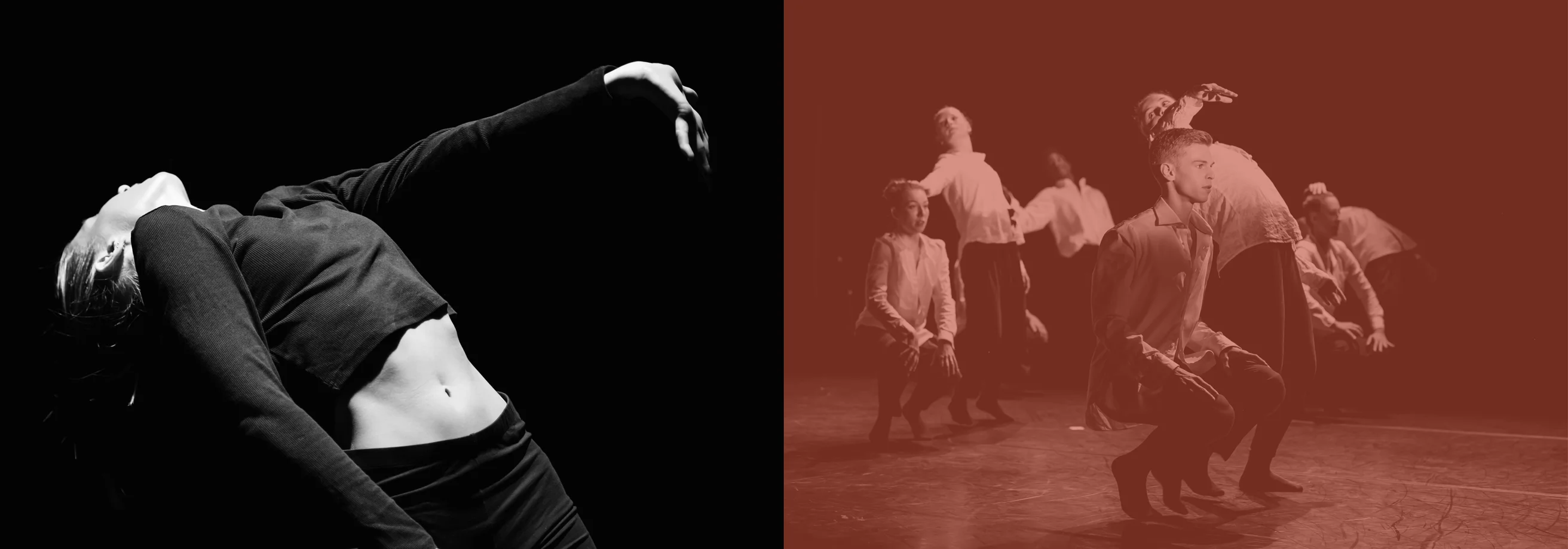FAQ GAB Diploma course
The school ID card is issued after the two-month trial period.
The more extensive the previous knowledge of dance and dance technique, the better. The extent and quality of the previous knowledge determines the first class placement, which becomes definitive after the trial period.
However, prior knowledge is not a dominant prerequisite for admission or a later career. Talent and learning ability play an important role here.
The admission criteria are regulated in the admission procedure.
It can generally be stated that the following criteria play a decisive role (not in hierarchical order of importance):
- Physical requirements
- Mental (cognitive) prerequisites
- Musicality
- Talent
- Previous knowledge of dance and dance technique
- Work attitude
- Age
- Learning ability
You can register online on our homepage under "Audition".
An entry fee of CHF 75.- must be paid.
Three auditions are held each year on Saturdays from 9.00 am to approx. 2.00 pm.
You then have the opportunity to register for a private audition.
Ballet, modern, jazz and hip hop, each for one hour.
The entrance exam consists of:
- An exam in modern dance, ballet, jazz and hip hop
- A physical fitness test
- a self-created solo (max. 2min. length)
- A personal interview
The GAB ZTTS course takes three years. However, you also have the option of attending a certificate course year.
The certificate course is individually tailored to the person (subjects and price), but this requires flexibility, see certificate course.
The dance network (the sum of the "resilient" contacts that a dancer builds up in the course of their training and career) is one of the most important components, alongside artistic and technical skills, when it comes to moving successfully in the dance world.
How can the GAB ZTTS network be understood and used?
The ZTTS network consists of the following people:
- Current teachers
- Former teachers
- Freelance dancers
- Guest choreographers in cultural and commercial dance
- Current students
- Graduates (Alumni)
- Creative artists
Behind these terms are people who go in and out of the GAB ZTTS, teach, train, rehearse and talk on the premises. As a student, you are constantly in a process of exchange with the market and have the opportunity to present yourself, make an impression or make a concrete contact every day.
The following guideline can be given as a non-binding approach (as these are individual learning processes):
Ideally, the optional educational offers and self-study should take about the same amount of time as the compulsory lessons.
The following guideline can be given as a non-binding approach (as these are individual learning processes):
Ideally, the optional educational offers and self-study should take about the same amount of time as the compulsory lessons.
The exams take place during regular teaching hours and are free of charge.
Yes, ideally the work is not too physically demanding so that the body has time to regenerate. The percentage of work that is possible depends on the number of lessons and the student's ability to work under pressure. In principle, it can be assumed that a maximum of 50% can be worked over a longer period of time and with a full study load (22.5 hours/week).
If all the lessons offered as part of the diploma course are attended, the following study times are achieved:
- Around 22.5 hours/week
- Around 900 hours/year
- Around 2700 hours/over three years
- Around 5400 hours/over three years if self-study and optional training courses are taken up extensively.

